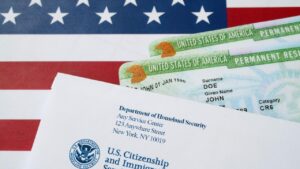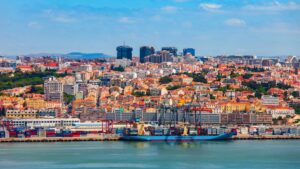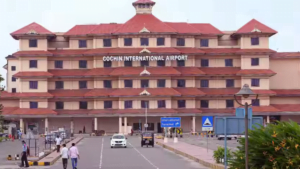Kamala Harris Immigration Policies: An In-Depth Look at Her Stance and Strategies
The more important Kamala Harris immigration policies are, the more prominent a presidential candidate for the Democratic Party she becomes. She has a background that sets her apart: being the daughter of Jamaican and Indian immigrants gives her a truly personal dimension to the national debate over immigration. Her approach to the complex issue is closely watched as the U.S. faces a forecasted increase in net immigration and an evolving political landscape. Current Status of U.S. Immigration The United States’ Congressional Budget Office has estimated that immigration will continue to boost net immigration through 2026. This will add to the workforce—the people who are younger. Immigrants, primarily between the ages of 25 and 54, will offset the decline in the labour force participation rate due to an ageing population. It projects that greater immigration could push up the real Gross Domestic Product growth rate by an average of 0.2 percentage points per year over the 2024-2034 period, setting the stage for a 2 percent increase in real GDP by 2034 relative to a scenario in which immigration does not grow significantly. Kamala Harris on Immigration Since her vice presidency, Kamala Harris has been working on the ground in an attempt to find solutions to some of the root reasons for migration from Latin America pertaining to the causative agent factors that include poverty and violence. Perhaps most visibly, she declared $950 million from private firms to invest in Central American communities, building on earlier commitments totaling some $3 billion. Harris visited the U.S.-Mexico border in 2021 to underline her position that the immigration problem goes beyond politics, emphasising the human aspects involving children and families. Recently, she has thrown her weight behind a bipartisan border security deal previously endorsed by President Biden, which sought to improve border security and asylum processing. Of course, that never saw the light of day, thanks to Donald Trump and Republican lawmakers torpedoing the deal. The “Donkey Route” and Its Implications In large numbers, Indians have been attempting to gain entry to the US via what is termed the “donkey route.” Typically, it would be from India to the UAE on tourist visas, then several transit points in Latin America, and finally, the US-Mexico border. Last year, US Customs and Border Protection said that a record 96,917 Indians were apprehended or expelled as they tried to enter the US—up from 30,662 in 2021. Political reactions and criticisms The inability of the Biden Administration to have legal crossings at the U.S.-Mexico border has promptly seen Republicans heave much of the blame upon Kamala Harris. She can certainly anticipate harsher scrutiny with respect to the administration’s immigration policy as the election draws near. It is worth mentioning, however, that Harris’s function has been more oriented to the causes of migration rather than direct oversight over border enforcement. In March 2021, Biden put Harris in charge of diplomatic efforts to address the root causes of migration from Guatemala, Honduras, and El Salvador. Harris was not the so-called “border czar” of the administration, an unofficial title usually applied to Homeland Security Secretary Alejandro Mayorkas and his department. The closest position to “border czar” was Roberta Jacobson, where she coordinated efforts for the Southwest border briefly until April 2021. Conclusion Kamala Harris immigration policies is pursuing embodies her commitment to dealing with the structural issues of migration, together with the political and practical dilemmas related to the immigration policy of the U.S. Indeed, policies and changes will continue to be in the limelight for any voter and politician as long as debate rages on this issue.










